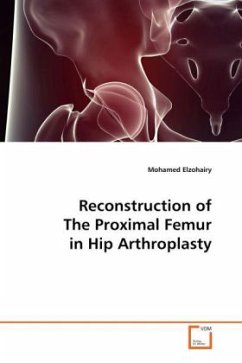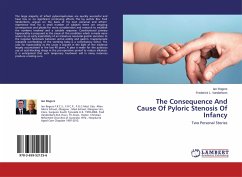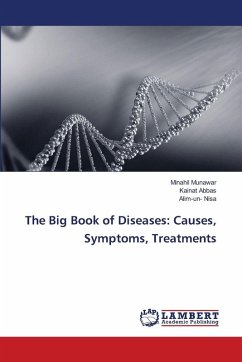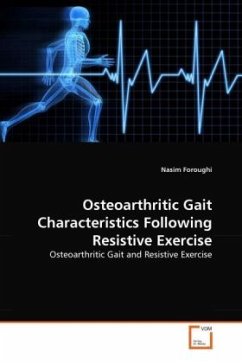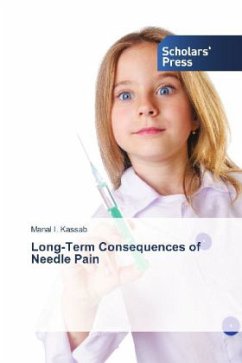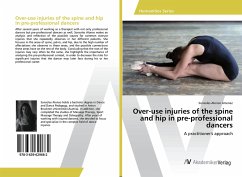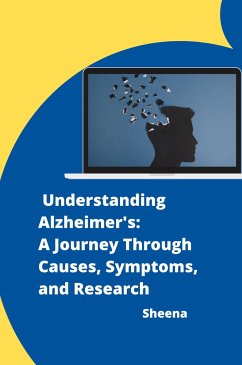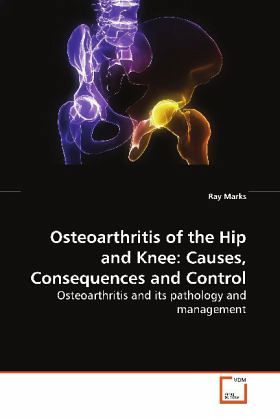
Osteoarthritis of the Hip and Knee: Causes, Consequences and Control
Osteoarthritis and its pathology and management
Versandkostenfrei!
Versandfertig in 6-10 Tagen
45,99 €
inkl. MwSt.

PAYBACK Punkte
23 °P sammeln!
This work examines the disabling health conditionknown as osteoarthritis in the context of the hip andknee joint. Three different approaches are used togather in depth information on the overall problem,the role of cognitions in mediating the consequencesof the condition, and possible risk factors for thecondition. A model of why this condition occurs ispresented as well as guidelines for conservativetreatment and for improving outcomes for the patient.As a whole, the author stresses that mechanisms otherthan age and trauma are potentially related to thedevelopment and progression of this cond...
This work examines the disabling health condition
known as osteoarthritis in the context of the hip and
knee joint. Three different approaches are used to
gather in depth information on the overall problem,
the role of cognitions in mediating the consequences
of the condition, and possible risk factors for the
condition. A model of why this condition occurs is
presented as well as guidelines for conservative
treatment and for improving outcomes for the patient.
As a whole, the author stresses that mechanisms other
than age and trauma are potentially related to the
development and progression of this condition. The
translation of this information into practice has the
potential to impact morbidity and prevalence of this
condition. Moreover, given the enormity of this
rapidly increasing health problem all over the world,
and that there is no cure for this condition, this
information is likely to be highly relevant to aging
adults, dieticians, medical and allied health
practitioners, policy makers, psychologists, and
researchers in the field of gerontology, orthopedics,
psychology, and rheumatology.
known as osteoarthritis in the context of the hip and
knee joint. Three different approaches are used to
gather in depth information on the overall problem,
the role of cognitions in mediating the consequences
of the condition, and possible risk factors for the
condition. A model of why this condition occurs is
presented as well as guidelines for conservative
treatment and for improving outcomes for the patient.
As a whole, the author stresses that mechanisms other
than age and trauma are potentially related to the
development and progression of this condition. The
translation of this information into practice has the
potential to impact morbidity and prevalence of this
condition. Moreover, given the enormity of this
rapidly increasing health problem all over the world,
and that there is no cure for this condition, this
information is likely to be highly relevant to aging
adults, dieticians, medical and allied health
practitioners, policy makers, psychologists, and
researchers in the field of gerontology, orthopedics,
psychology, and rheumatology.



